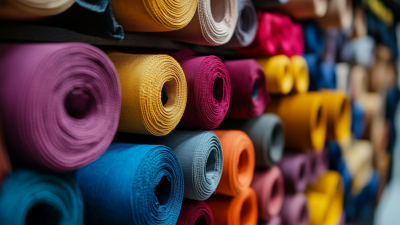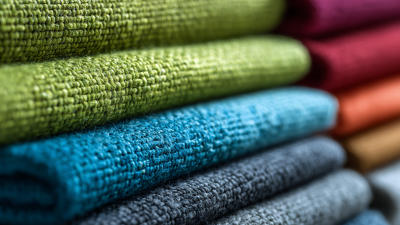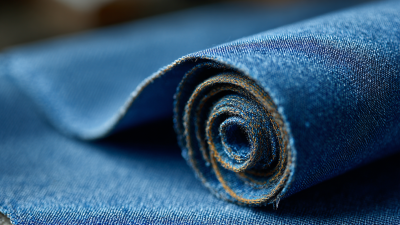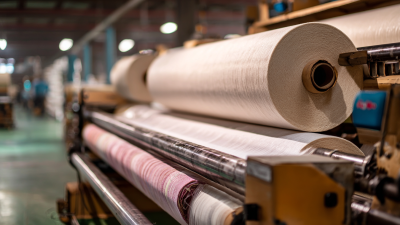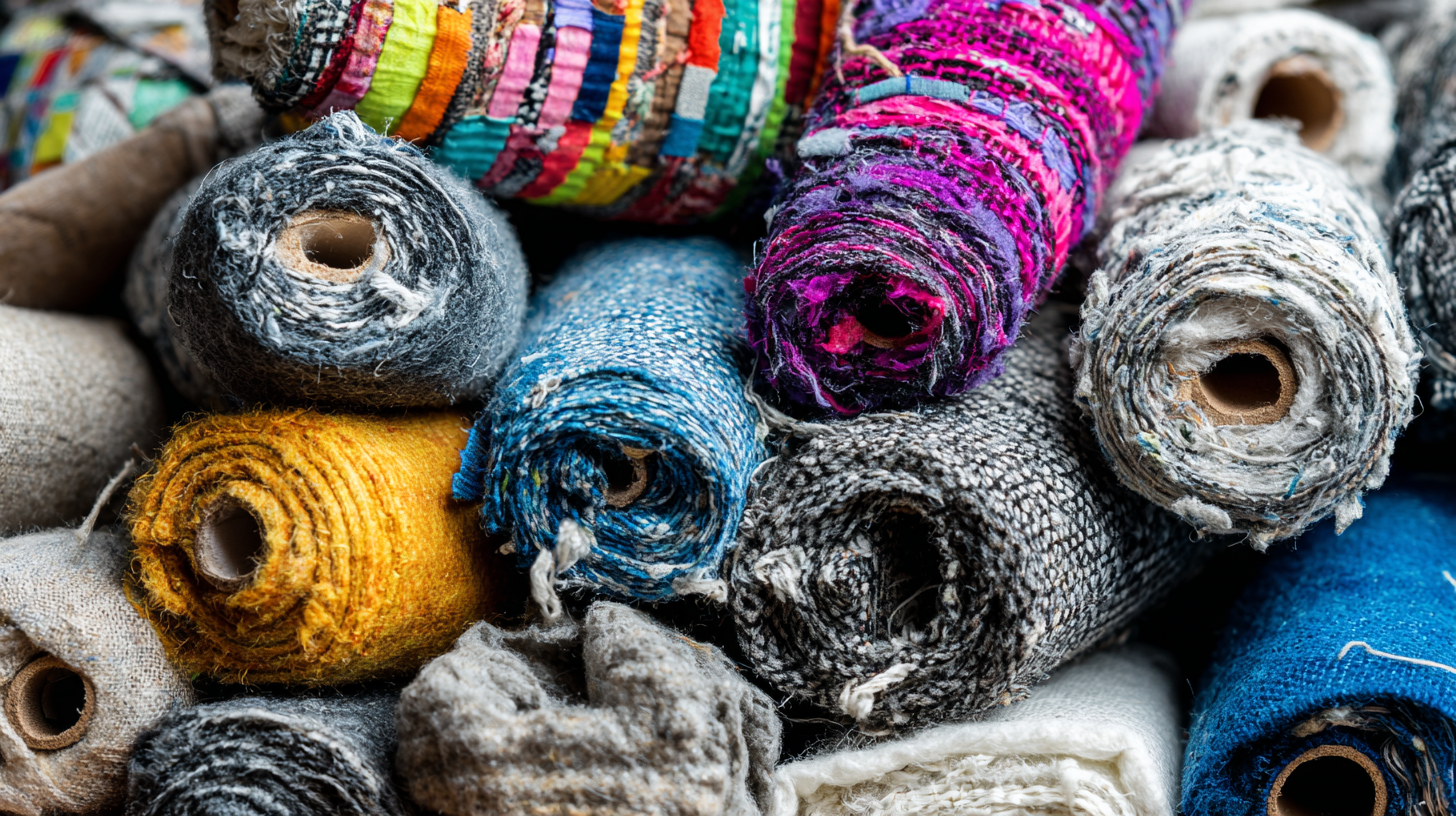 As the fashion industry increasingly shifts towards sustainable practices, selecting the right materials becomes essential for eco-friendly brands. Recycled Nylon Fabric, derived from post-consumer waste such as discarded fishing nets and fabric scraps, offers a compelling solution to mitigate environmental impact. According to a report by the Textile Exchange, the global production of recycled nylon could potentially reduce greenhouse gas emissions by up to 90% compared to virgin nylon production. With the increasing consumer demand for sustainable fashion options, brands using Recycled Nylon Fabric not only contribute to reducing landfill waste but also foster a circular economy. Furthermore, the market for recycled materials is projected to grow significantly, with an expected increase in the use of recycled fibers in apparel reaching approximately 25% by 2025. Thus, choosing sustainable fabrics like Recycled Nylon is not just a trend but a necessary evolution in creating a greener future for the fashion industry.
As the fashion industry increasingly shifts towards sustainable practices, selecting the right materials becomes essential for eco-friendly brands. Recycled Nylon Fabric, derived from post-consumer waste such as discarded fishing nets and fabric scraps, offers a compelling solution to mitigate environmental impact. According to a report by the Textile Exchange, the global production of recycled nylon could potentially reduce greenhouse gas emissions by up to 90% compared to virgin nylon production. With the increasing consumer demand for sustainable fashion options, brands using Recycled Nylon Fabric not only contribute to reducing landfill waste but also foster a circular economy. Furthermore, the market for recycled materials is projected to grow significantly, with an expected increase in the use of recycled fibers in apparel reaching approximately 25% by 2025. Thus, choosing sustainable fabrics like Recycled Nylon is not just a trend but a necessary evolution in creating a greener future for the fashion industry.
Sustainable recycled nylon fabric offers fashion brands a compelling opportunity to reduce their environmental footprint while maintaining quality and style. One of the key benefits of using recycled nylon is its ability to divert plastic waste from landfills and oceans. By repurposing existing materials, brands can contribute to a circular economy, minimizing the demand for virgin nylon, which is typically produced from petroleum. This not only conserves natural resources but also helps to lower greenhouse gas emissions associated with synthetic fabric production.
Moreover, incorporating sustainable recycled nylon into collections can enhance a brand's image and appeal to environmentally conscious consumers. As awareness about environmental issues increases, shoppers are actively seeking out brands that demonstrate commitment to sustainability. Using recycled nylons not only aligns with these values but can also be a strong marketing point. Brands that prioritize eco-friendly materials can differentiate themselves in a competitive marketplace, attracting a loyal customer base that values both style and sustainability.
When selecting sustainable recycled nylon fabric for eco-friendly fashion brands, it is crucial to identify key quality indicators that ensure safety and sustainability. One of the primary concerns in the recycling process is the potential presence of contaminants. Understanding the origin and nature of these hazards helps brands evaluate the safety of recycled textiles. Conducting thorough assessments can reveal essential information about the recycling methods used and the quality of chemicals involved, which directly impacts the final fabric's safety for consumers.
In addition to safety considerations, analyzing the entire value chain of recycled nylon is vital for pinpointing areas for sustainability interventions. Brands should look for indicators that reflect both environmental impact and the durability of the fabric, including its performance in comparison to virgin nylon. Research supports that the reuse and recycling of textiles significantly lower environmental footprints compared to traditional disposal methods. By focusing on these quality indicators, fashion brands can make informed decisions that align with their sustainability goals while meeting consumer demand for eco-friendly products.
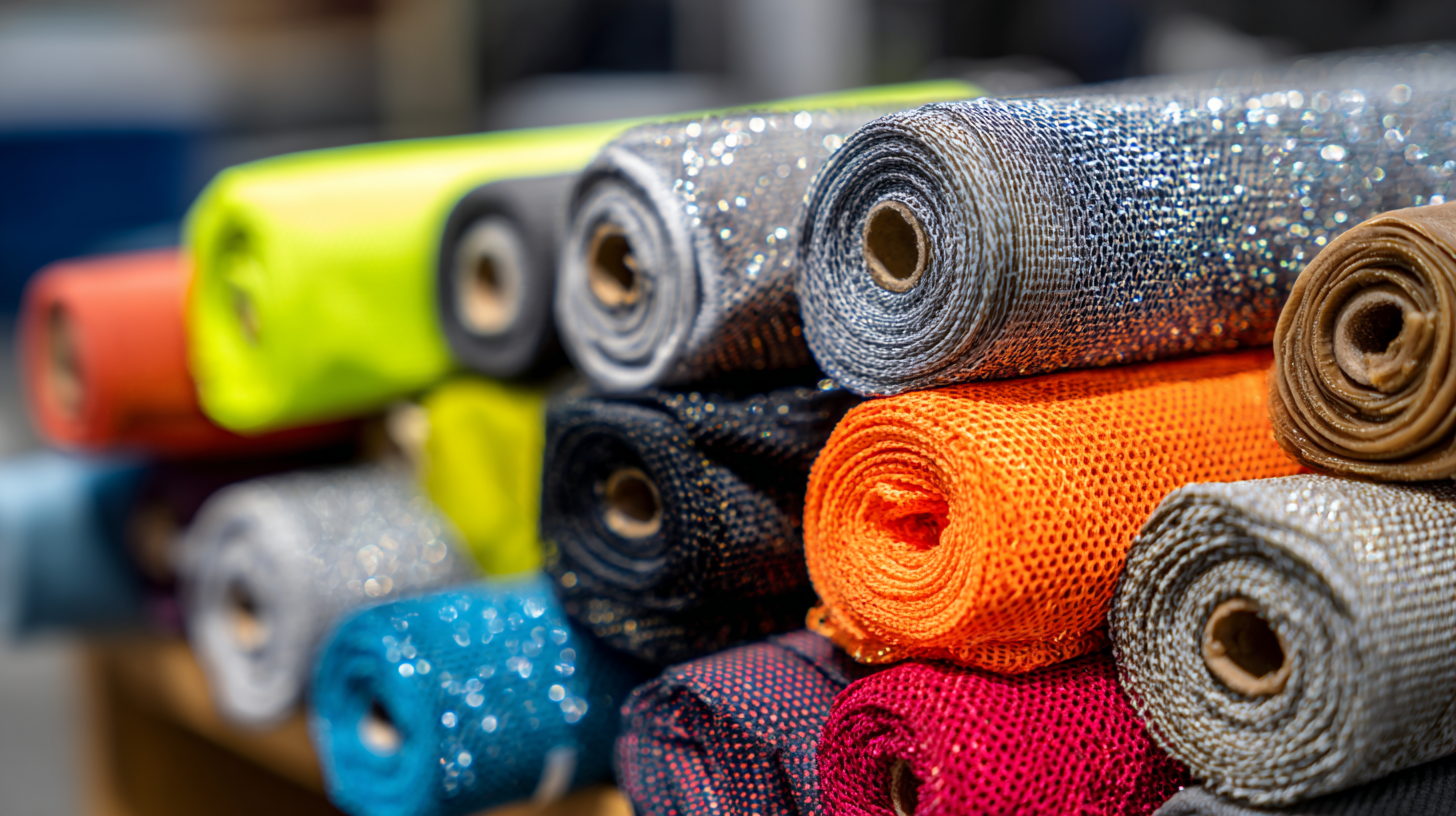
When assessing material sources for sustainable recycled nylon fabric, it’s essential to focus on the certifications that verify responsible production practices. Look for materials certified by organizations like Global Recycle Standard (GRS) or OEKO-TEX, which provide assurance that the nylon meets strict environmental and social criteria. These certifications validate not only the recycled content but also the manufacturing processes, ensuring that they minimize harmful impacts on the planet.
Tips: When sourcing recycled nylon, ask your suppliers for documentation that details their certifications. Transparency is key in determining if the materials align with your brand’s sustainable ethics. Additionally, consider the supply chain: verify if the nylon is sourced from post-consumer waste, such as discarded fishing nets, which helps reduce ocean pollution while promoting circular economy principles.
Another critical aspect of assessing sustainability is understanding the production methods used. Opt for manufacturers who utilize eco-friendly practices, such as reduced water consumption during dyeing processes or reliance on renewable energy sources. This not only enhances the sustainability of the fabric but also contributes positively to the overall ecological footprint of your fashion brand.
Tips: Engage with vendors who provide a clear sustainability report detailing their manufacturing processes. This information can reinforce your brand’s commitment to transparency and accountability in sourcing materials.
When selecting suppliers for sustainable recycled nylon fabric, it's crucial to assess their reliability and commitment to eco-friendly practices. According to a report by Grand View Research, the global recycled nylon market is projected to reach USD 8.3 billion by 2025, driven by increasing demand for sustainable materials in the fashion industry. This growth underscores the importance of sourcing from suppliers who prioritize transparency in their manufacturing processes and sustainability certifications.
To find reliable sources for sustainable nylon, brands should look for suppliers that provide clear documentation regarding their recycling processes and endorsements from recognized eco-labels. The Global Recycling Standard and OEKO-TEX certifications are pivotal in ensuring that the materials used not only meet environmental standards but also support social responsibility. A survey conducted by McKinsey & Company indicates that 67% of consumers are considering sustainability in their purchasing decisions, emphasizing the significance of partnering with suppliers who can demonstrate genuine eco-friendly practices. This meticulous evaluation process will help fashion brands build a credible reputation while contributing positively to the environment.
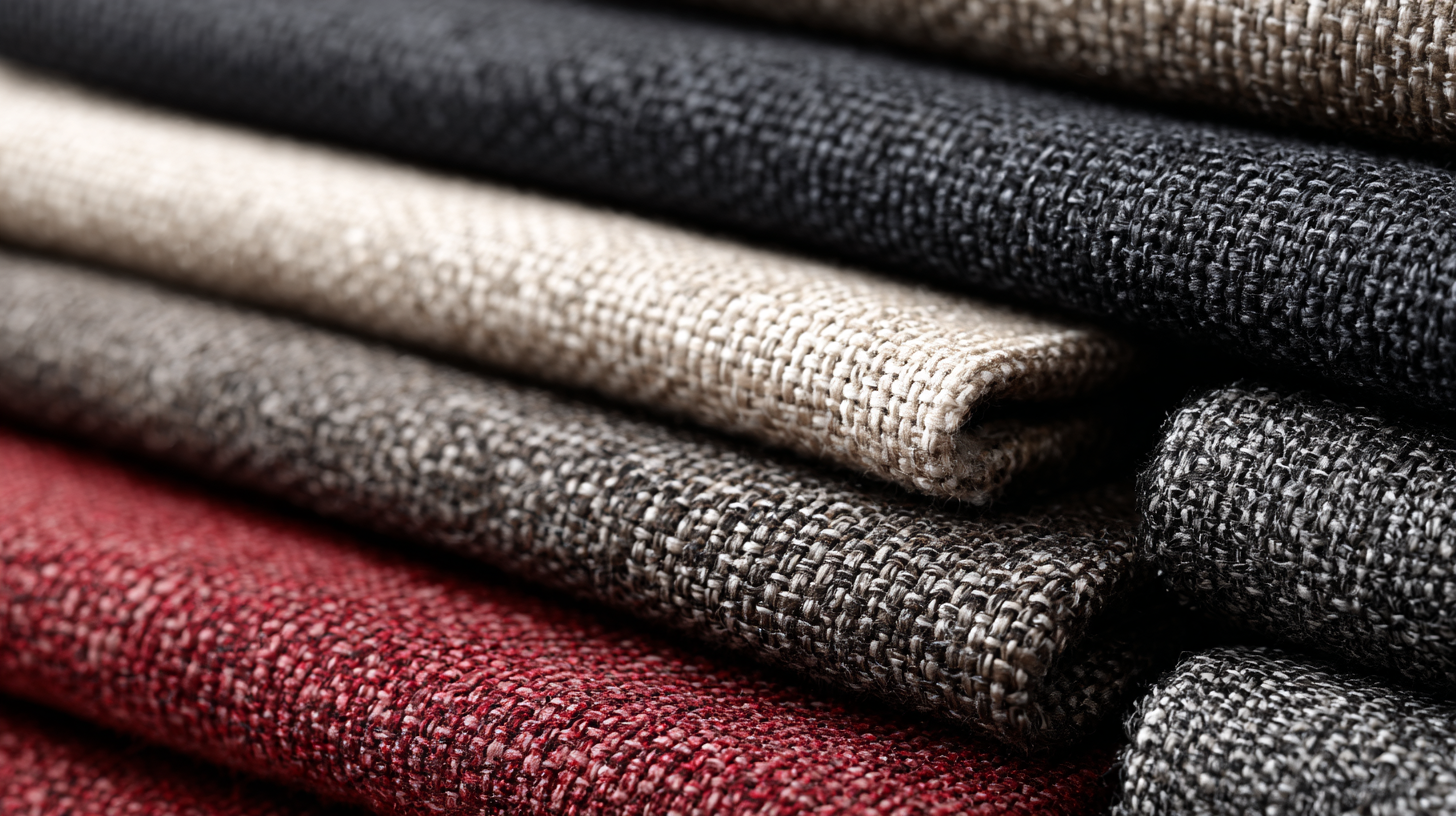
Incorporating recycled nylon into the fashion design process requires a comprehensive understanding of both material properties and sustainability practices. The demand for eco-friendly fabrics has spurred innovation within the textile industry, emphasizing not just the recycling of materials, but also the development of sustainable production methods. Designers should consider the lifecycle of fabrics like recycled nylon, assessing not only their environmental impact but also their durability and versatility in fashion applications. Continuous innovation in material science promises solutions that reduce waste while enhancing performance, allowing brands to merge functionality with eco-consciousness.
Emphasizing transparency in sourcing and manufacturing, brands can effectively communicate their commitment to sustainability to consumers. Engaging with certified suppliers and understanding the challenges associated with recycling processes can guide designers in making informed choices. Solutions such as fibre-to-fibre recycling and the use of bio-based polymers can significantly minimize the ecological footprint of garment production. By adopting these strategies, fashion brands can elevate their sustainability profiles while contributing to a more circular economy in the textile sector.
| Criteria | Description | Sustainability Rating | Source of Recycled Nylon |
|---|---|---|---|
| Quality | Durability and performance characteristics of the fabric. | High | Post-consumer waste (e.g., discarded fishing nets) |
| Environmental Impact | Assessment of carbon footprint and resource usage. | Moderate | Recycled industrial waste |
| Certifications | Certifications demonstrating sustainability practices. | Certified | Global Recycle Standard (GRS) |
| Price | Cost per yard or meter and comparison to virgin nylon. | Varies | N/A |
| Supplier Transparency | Information available about sourcing and production processes. | High Transparency | Reputable recycling facilities |
